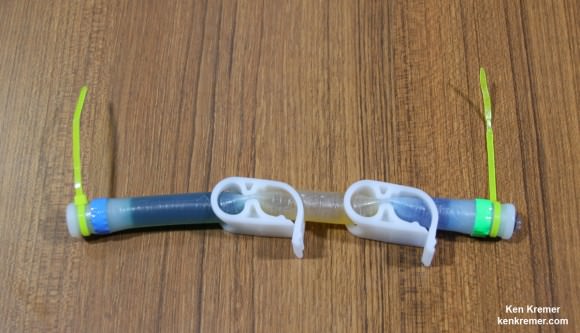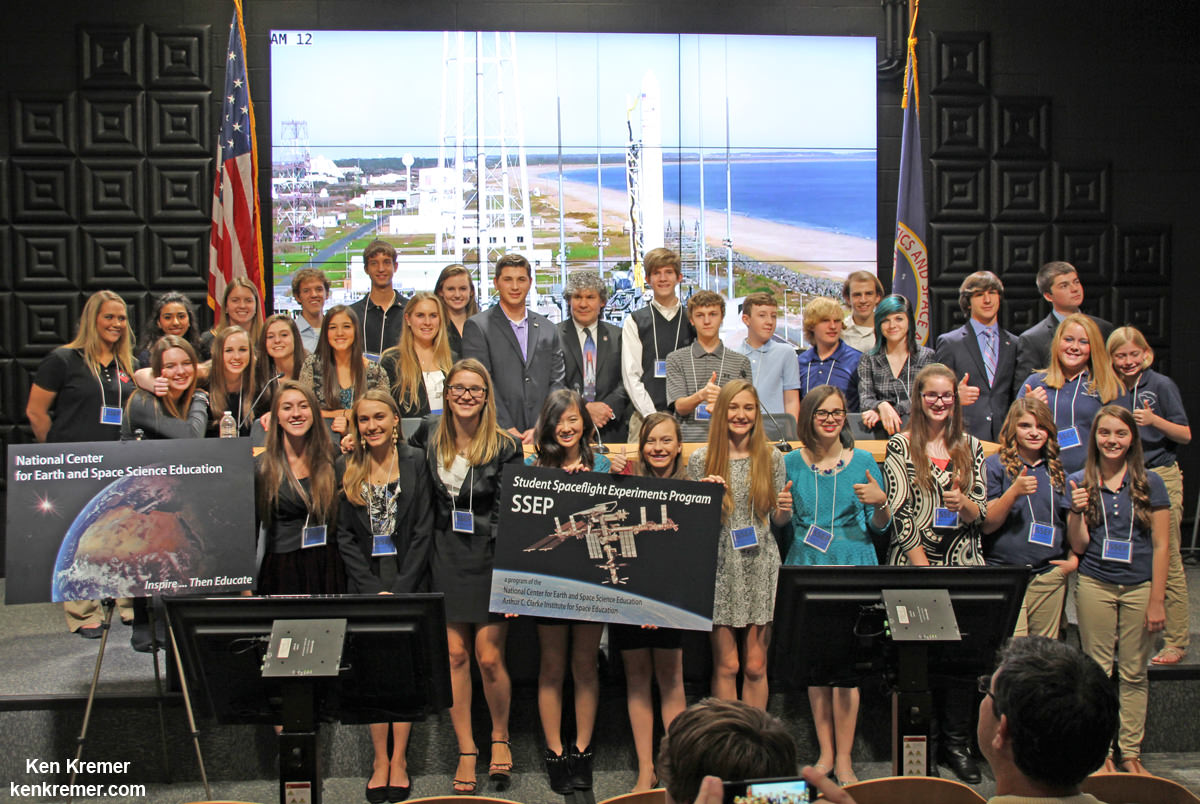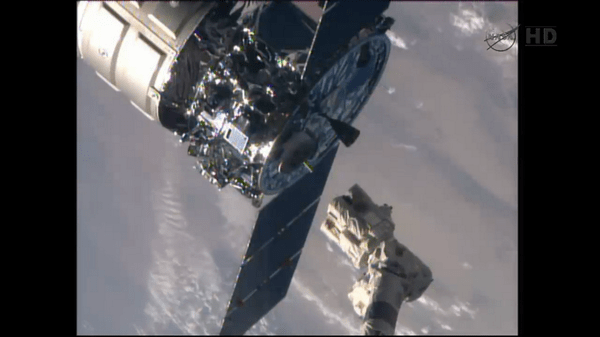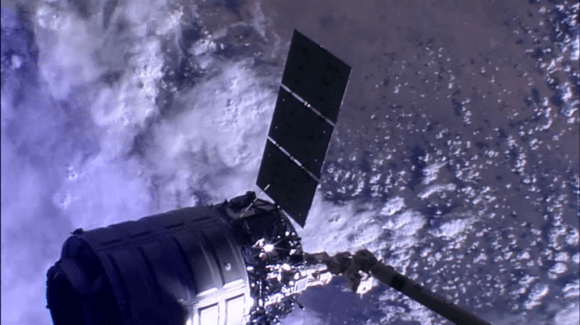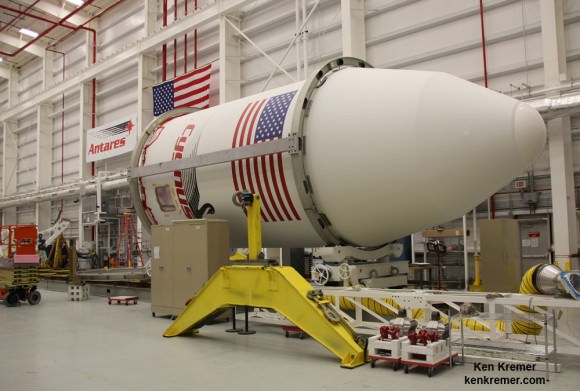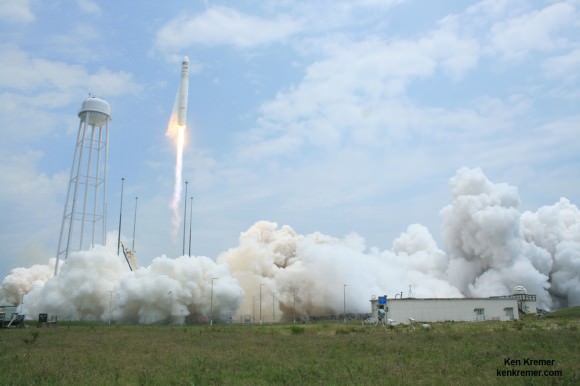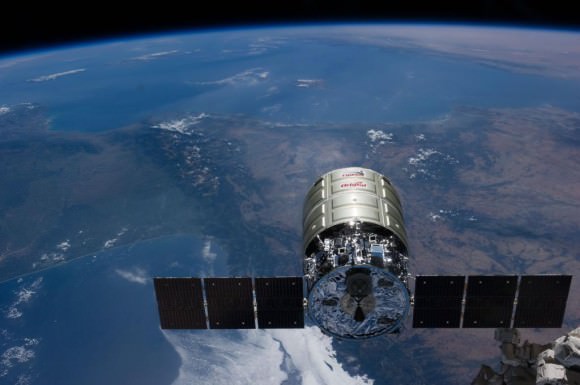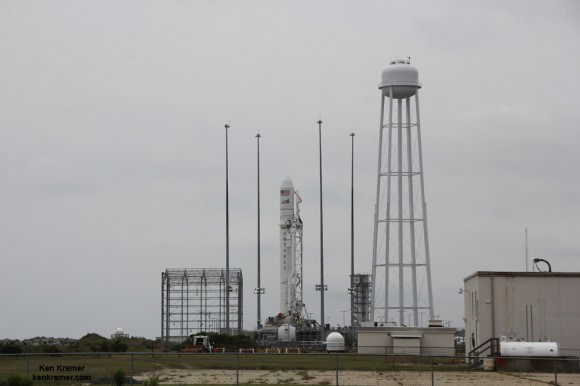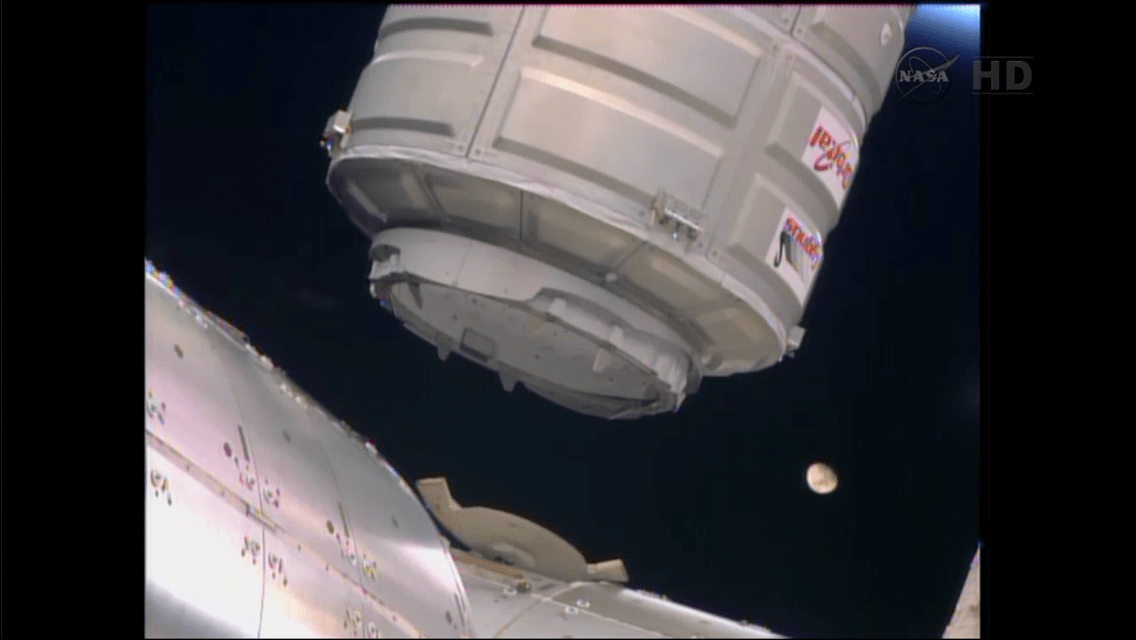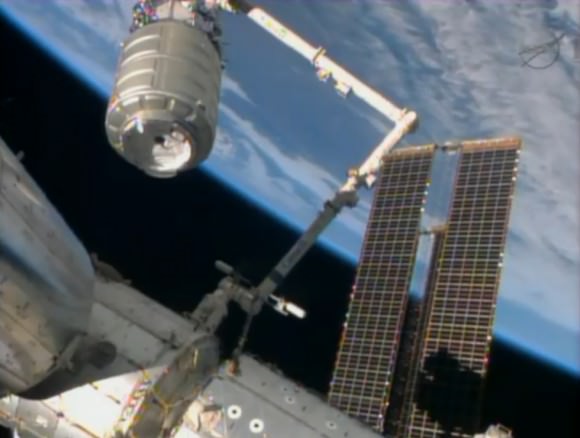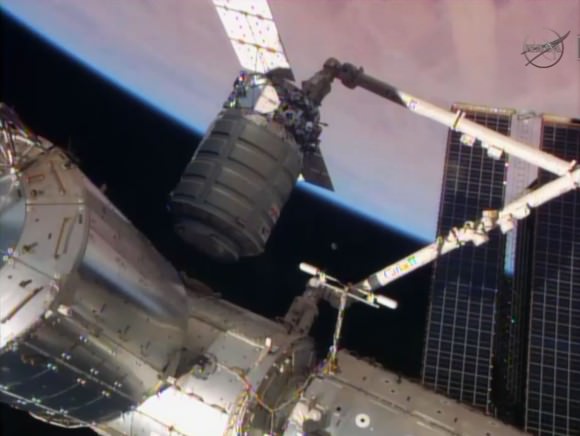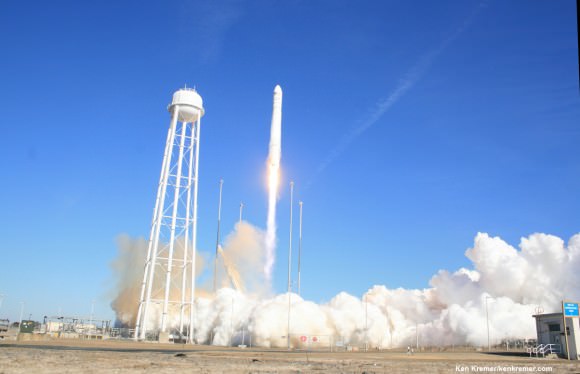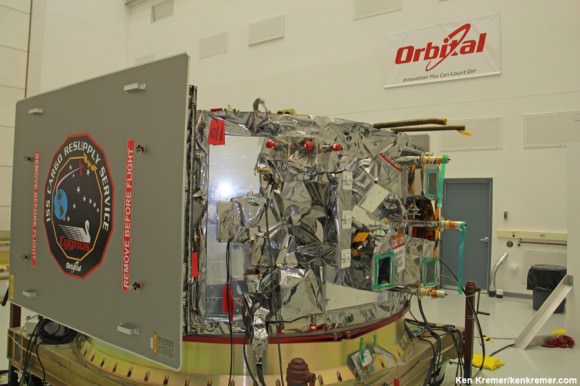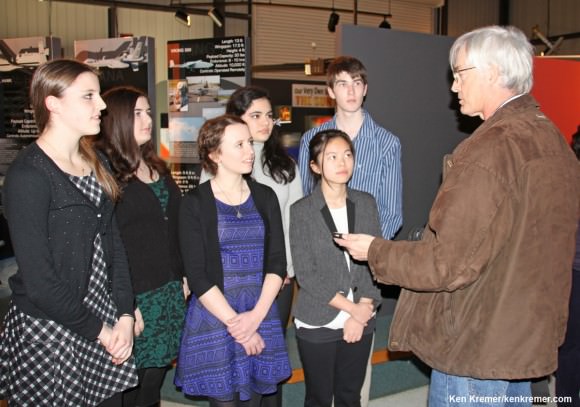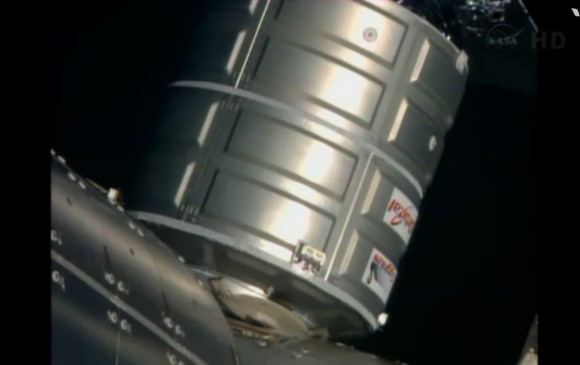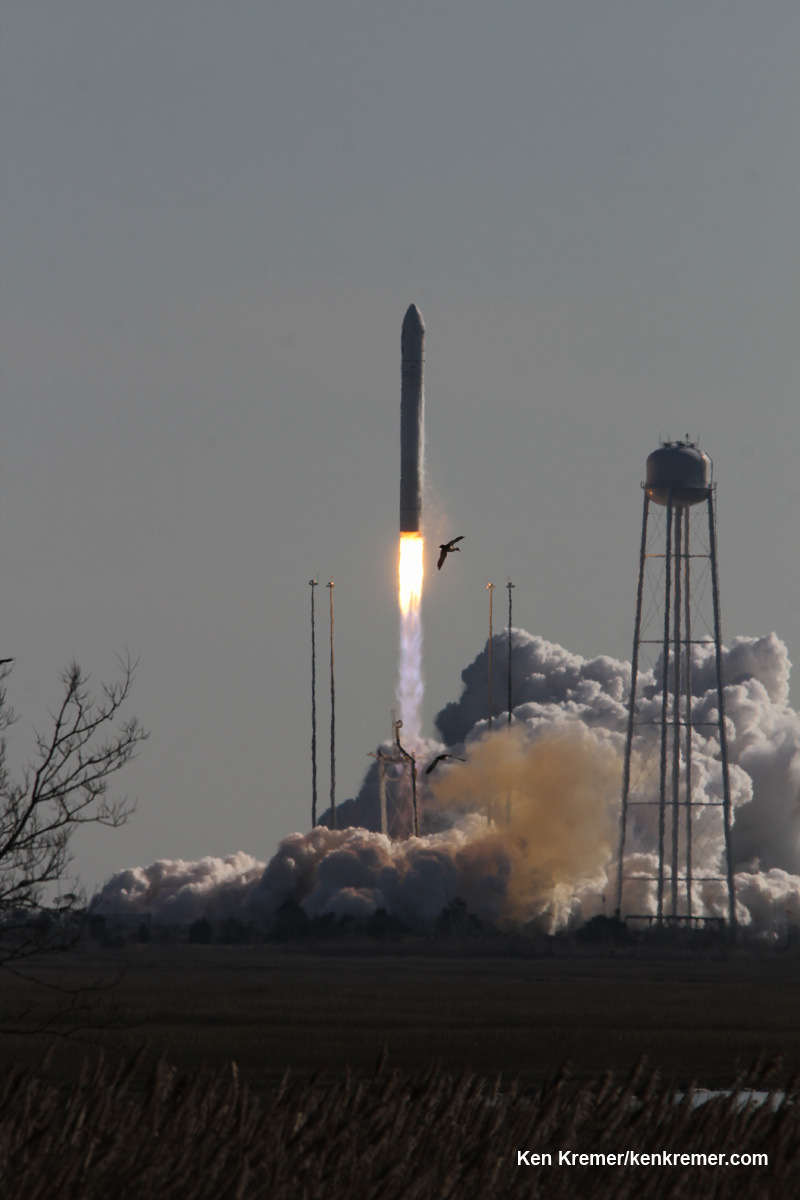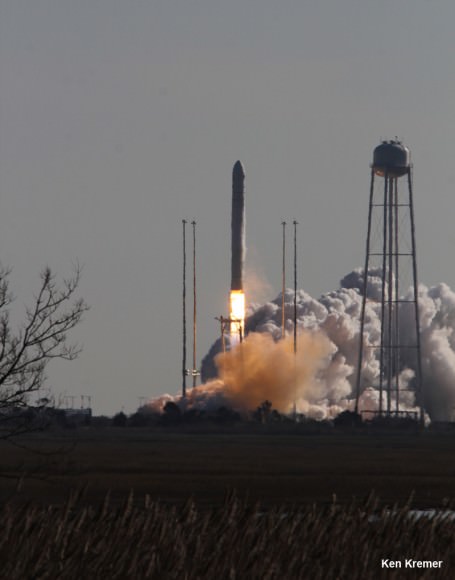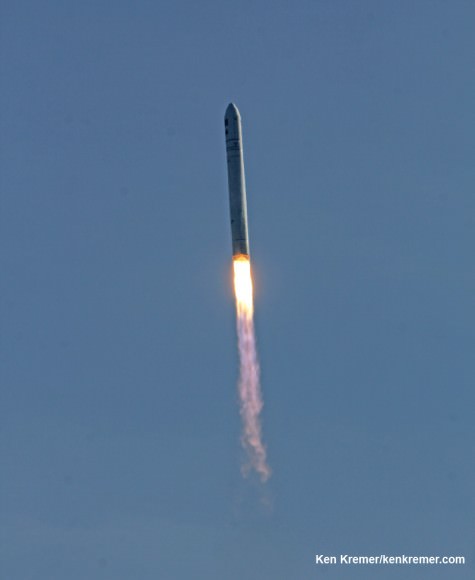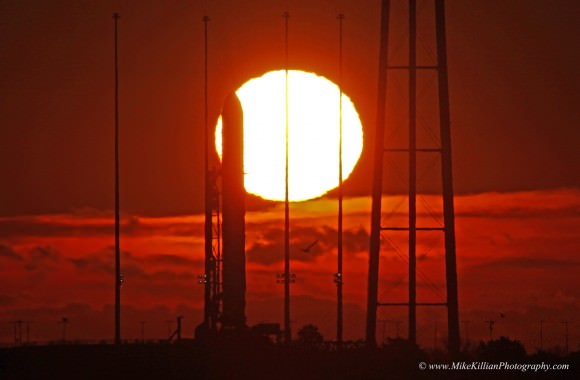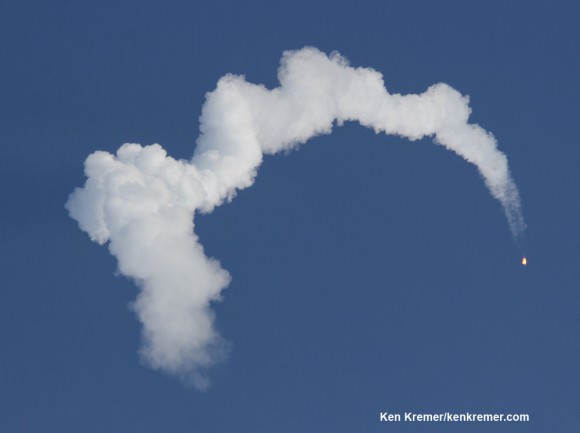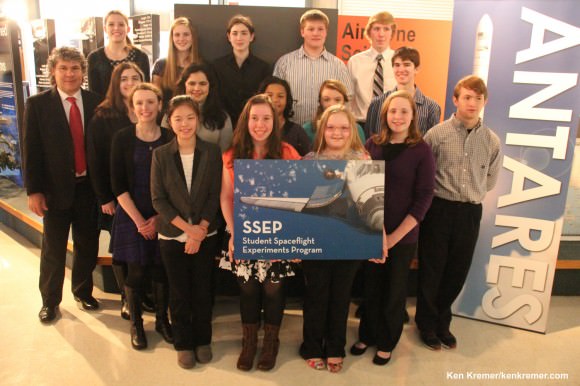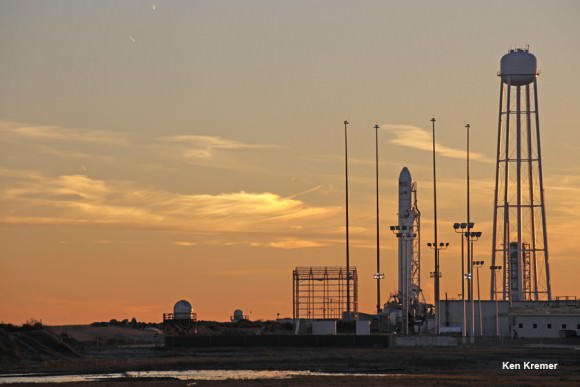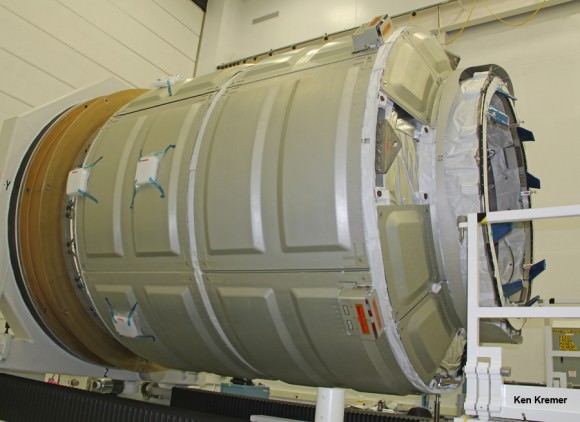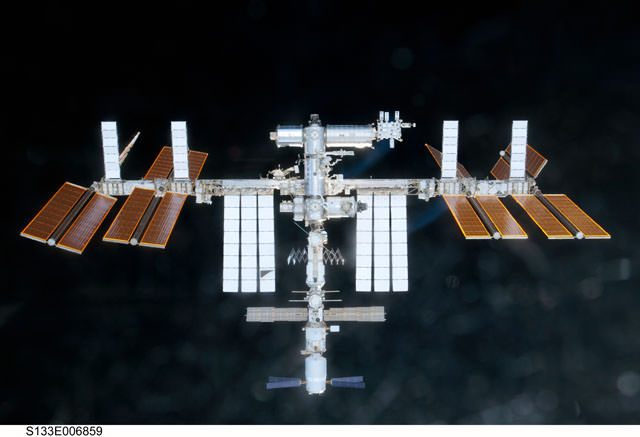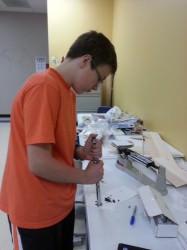Student Space Flight teams at NASA Wallops – Will Refly on SpaceX CRS 5
Science experiments from these students representing 18 school communities across America were selected to fly aboard the Orbital Sciences Cygnus Orb-3 spacecraft bound for the ISS and which were lost when the rocket exploded uexpectedly after launch from NASA Wallops, VA, on Oct. 28, 2014, as part of the Student Spaceflight Experiments Program (SSEP). The students pose here with SSEP program director Dr. Jeff Goldstein prior to Antares launch. The experiments will be re-flown aboard SpaceX CRS-5. Credit: Ken Kremer – kenkremer.com[/caption]
When it comes to science and space exploration, you have to get accustomed to a mix of success and failure.
If you’re wise you learn from failure and turn adversity around into a future success.
Such is the case for the resilient student scientists who learned a hard lesson of life at a young age when the space science experiments they poured their hearts and souls into for the chance of a lifetime to launch research investigations aboard the Antares rocket bound for the International Space Station (ISS) on the Orb-3 mission, incomprehensibly exploded in flames before their eyes on Oct. 28, 2014.
Those student researchers from across America are being given a second chance and will have their reconstituted experiments re-flown on the impending SpaceX CRS-5 mission launch, thanks to the tireless efforts of NASA, NanoRacks, CASIS, SpaceX and the Student Spaceflight Experiments Program (SSEP) which runs the program.
The SpaceX CRS-5 launch to the ISS on the Falcon 9 rocket planned for this morning, Jan. 6, was scrubbed with a minute to go for technical reasons and has been reset to no earlier than Jan. 9.
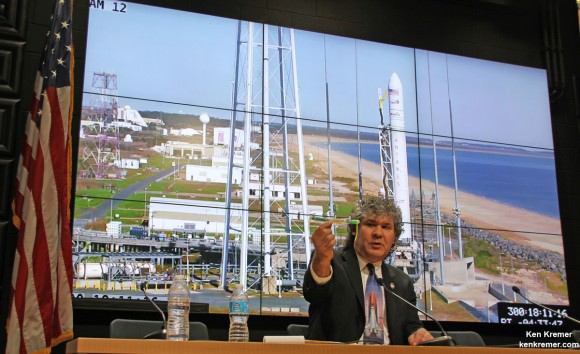
The experiments are known collectively as the ‘Yankee Clipper’ mission.
Antares Orb-3 was destroyed shortly after the exhilarating blastoff from NASA’s Wallops Flight Facility on the Virginia shore.
Everything aboard the Orbital Sciences Antares rocket and ‘the SS Deke Slayton’ Cygnus cargo freighter was lost, including all the NASA supplies and research as well as the student investigations.
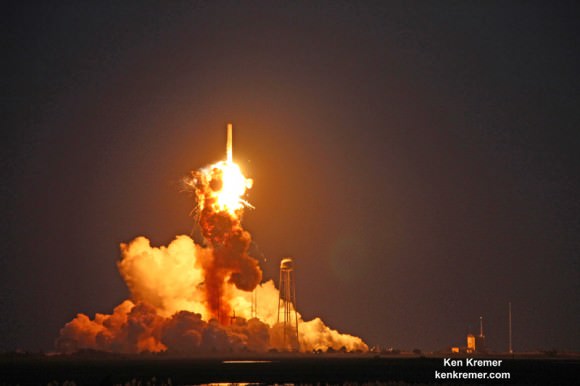
“The student program represents 18 experiments flying as the Yankee Clipper,” said Dr. Jeff Goldstein, in an interview with Universe Today at NASA Wallops prior to the Antares launch. Goldstein is director of the National Center for Earth and Space Science Education, which oversees SSEP in partnership with NanoRacks LLC.
“Altogether 8 communities sent delegations. 41 student researchers were at NASA Wallops for the launch and SSEP media briefing.”
“The 18 experiments flying as the SSEP Yankee Clipper payload reflect the 18 communities participating in Mission 6 to ISS.”
“The communities represent grade 5 to 16 schools from all across America including Washington, DC; Kalamazoo, MI; Berkeley Heights and Ocean City, NJ; Colleton County and North Charleston, SC, and Knox County and Somerville, TN.”
Goldstein explains that within days of the launch failure, efforts were in progress to re-fly the experiments.
“Failure happens in science and what we do in the face of that failure defines who we are,” said Goldstein, “NASA and NanoRacks moved mountains to get us on the next launch, SpaceX CRS-5. We faced an insanely tight turnaround, but all the student teams stepped up to the plate.”
Even the NASA Administrator Charles Bolden lauded the students efforts and perseverance!
“I try to teach students, when I speak to them, not to be afraid of failure. An elementary school student once told me, when I asked for a definition of success, that ‘success is taking failure and turning it inside out.’ It is important that we rebound, learn from these events and try again — and that’s a great lesson for students,” said NASA Administrator Bolden.
“I am delighted that most of the students will get to see their investigations re-flown on the SpaceX mission. Perseverance is a critical skill in science and the space business.”
Virtually all of the experiments have been reconstituted to fly on the CRS-5 mission, also known as SpaceX-5.
“17 of the 18 student experiments lost on Orb-3 on October 28 are re-flying on SpaceX-5. These experiments comprise the reconstituted Student Spaceflight Experiments Program (SSEP) Yankee Clipper II payload for SSEP Mission 6 to ISS,” noted Goldstein.
“This shows the resilience of the federal-private partnership in commercial space, and of the commitment by our next generation of scientists and engineers.”
The wide range of experiments include microgravity investigations on how fluids act and form into crystals in the absence of gravity crystal growth, mosquito larvae development, milk expiration, baby bloodsuckers, development of Chrysanthemum and soybean seeds and Chia plants, effect of yeast cell division and implications for human cancer cells, and an examination of hydroponics.
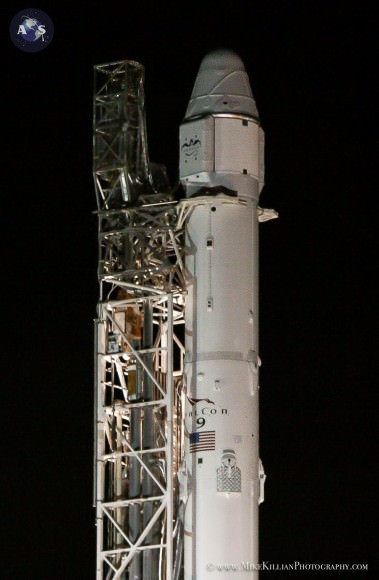
That dark day in October witnessed by the students, Goldstein, myself as a fellow scientist, and others is something we will never forget. We all chose to learn from the failure and move forward to greater accomplishments.
Don’t surrender to failure. And don’t give in to the ‘Do Nothing – Can’t Do’ crowd so prevalent today.
Remember what President Kennedy said during his address at Rice University on September 12, 1962:
“We choose to go to the moon in this decade and do the other things, not because they are easy, but because they are hard.”
Stay tuned here for Ken’s continuing Earth and planetary science and human spaceflight news.
